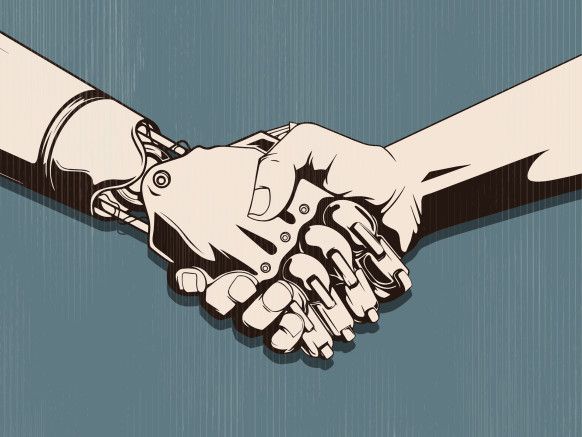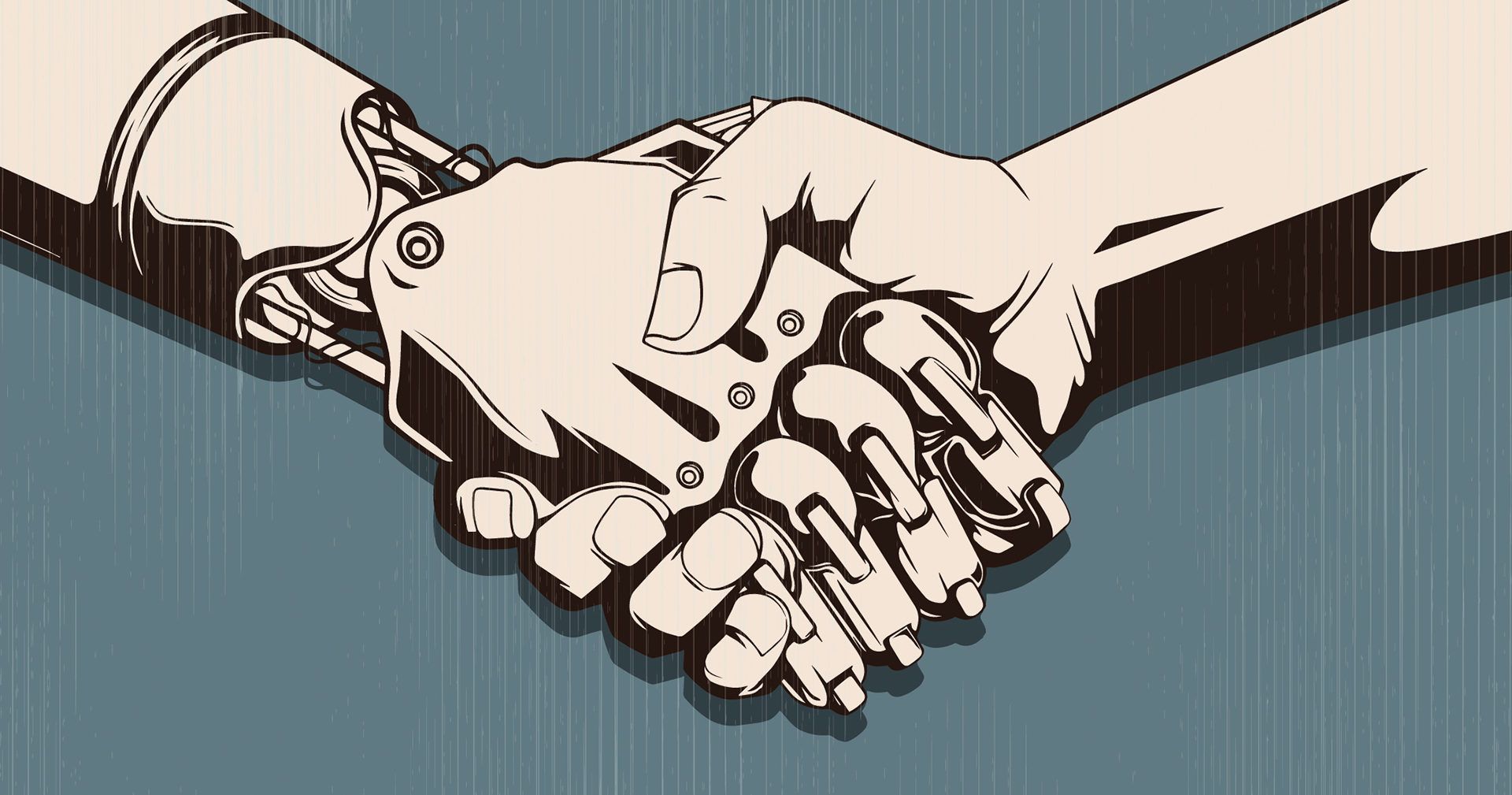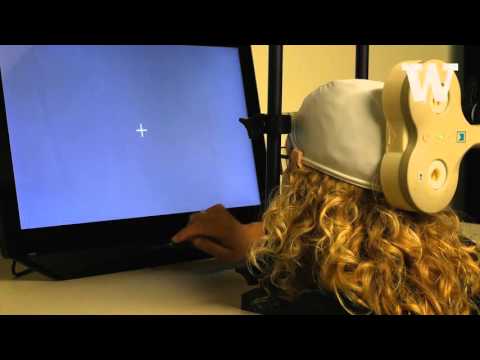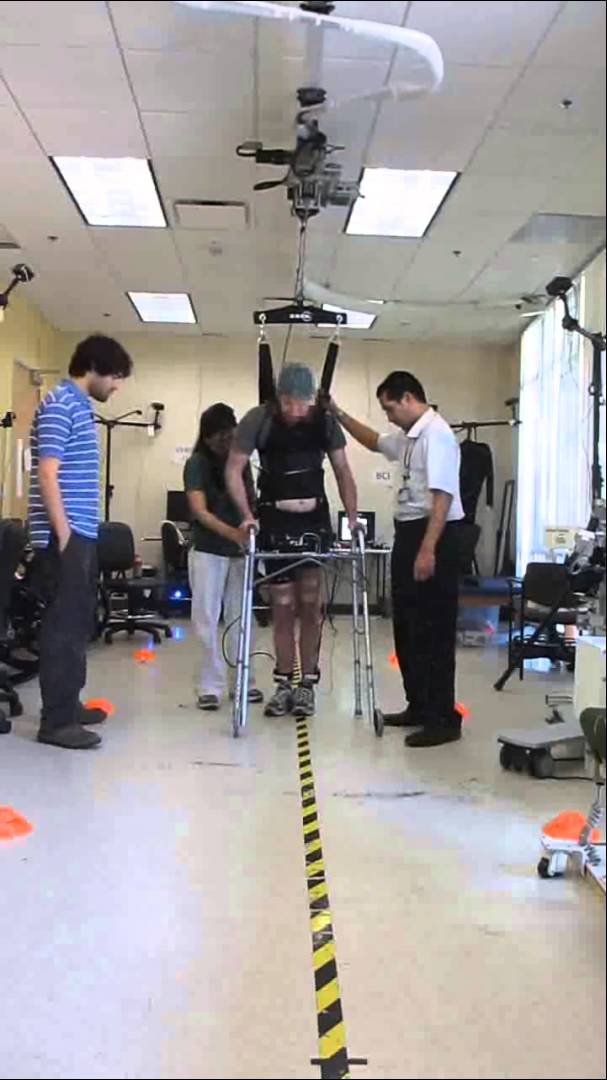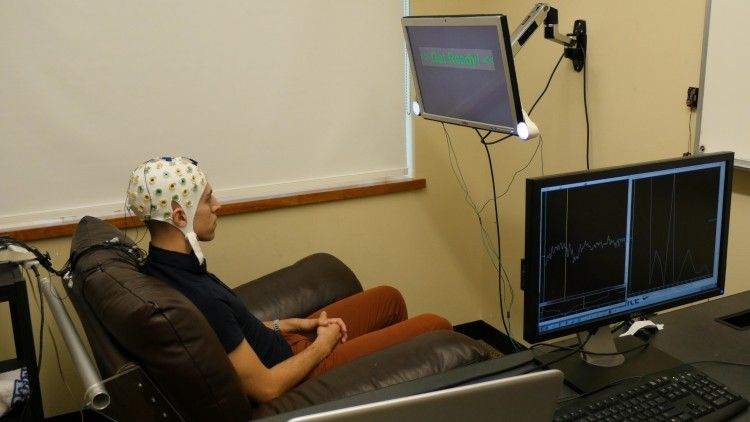Sep 25, 2015
New ‘stealth dark matter’ theory may explain mystery of the universe’s missing mass
Posted by Sean Brazell in categories: cosmology, supercomputing
A new theory that may explain why dark matter has evaded direct detection in Earth-based experiments has been developed by team of Lawrence Livermore National Laboratory (LLNL) particle physicists known as the Lattice Strong Dynamics Collaboration.
The group has combined theoretical and computational physics techniques and used the Laboratory’s massively parallel 2-petaflop Vulcan supercomputer to devise a new model of dark matter. The model identifies today’s dark matter as naturally “stealthy.” But in the extremely high-temperature plasma conditions that pervaded the early universe, it would have been easy to see dark matter via interactions with ordinary matter, the model shows.

